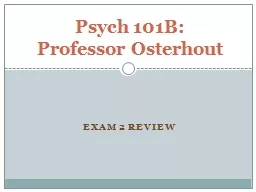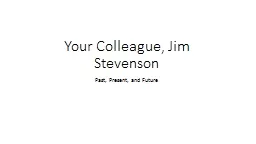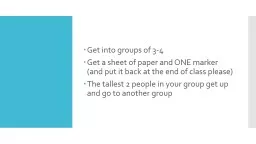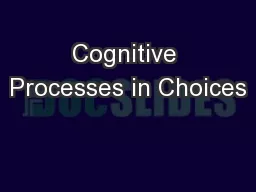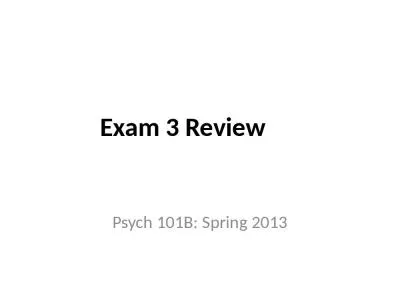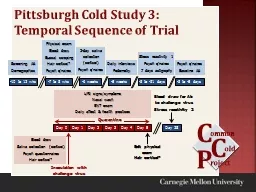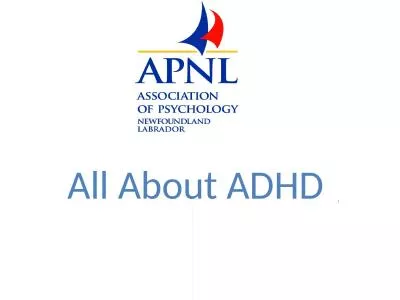PPT-Exam 2 Review Psych 101B:
Author : liane-varnes | Published Date : 2019-12-03
Exam 2 Review Psych 101B Professor Osterhout Associative Learning Ask yourself what types of Associative Learning Classical Conditioning UCS Channing Tatum UCR
Presentation Embed Code
Download Presentation
Download Presentation The PPT/PDF document "Exam 2 Review Psych 101B:" is the property of its rightful owner. Permission is granted to download and print the materials on this website for personal, non-commercial use only, and to display it on your personal computer provided you do not modify the materials and that you retain all copyright notices contained in the materials. By downloading content from our website, you accept the terms of this agreement.
Exam 2 Review Psych 101B:: Transcript
Download Rules Of Document
"Exam 2 Review Psych 101B:"The content belongs to its owner. You may download and print it for personal use, without modification, and keep all copyright notices. By downloading, you agree to these terms.
Related Documents

